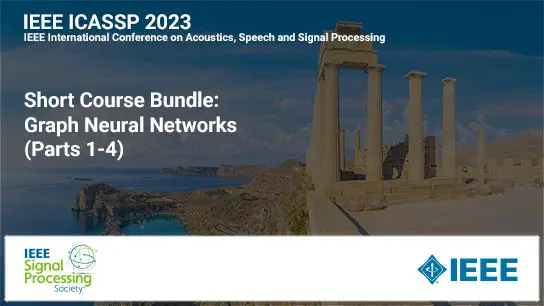Analysis and Design of Series LC Resonant Pulse Assisted Soft Switching Current Fed DC/DC Converters
Swati Tandon
-
Members: FreeIAS
IEEE Members: $35.00
Non-members: $50.00Length: 00:51:01
The accelerating pace of electrification via renewable energy sources is shifting focus towards decarbonization and distributed generation with the potential to combat increasing environmental crisis and to promote sustainable development. Renewable technologies have the potential to fulfil the electricity demand locally which eliminates the unwanted conversion stages, promoting DC microgrid concept, ultimately lowering the energy costs and easy energy access.
Alternative energy sources such as solar photovoltaic (PV) and fuel cell along with energy storage systems are promising for DC microgrid applications. However, the effective integration of these alternative energy sources still remains a challenge due to their low voltage output, unregulated and intermittent characteristics issuing a requirement of a dedicated power conditioning unit. To
revolutionize the way these alternative sources are interfaced with a high voltage DC microgrid or to the conventional ac grid, dc/dc converters are expected to be power-dense, compact and extremely efficient.
To achieve these objectives, the most prevalent ways are to use fewer conversion stages, and increase the converter’s switching frequency leading to reduced footprint with smaller inductors and output capacitors. However, higher switching frequency causes additional switching losses that deteriorates the efficiency and thermal performance. Maintaining soft switching of the semiconductor devices for the entire range of operation is one of the key requirements to enable efficient operation at high switching frequencies. This thesis focuses on developing simple soft-switching techniques to improve the overall performance of the high frequency DC/DC converter for wide operating range of load current and source voltage.
The current-fed converters are justified to be more plausible choice for the low voltage high current applications requiring high voltage gain over existing voltage-fed converters. However, a large voltage overshoot across the semiconductor devices at their turn-off is the major setback that diminishes the merits of current-fed circuits. Several voltage-clamping circuits, through dissipative snubbers, active clamp circuits, and auxiliary circuits etc. are reported in the literature. However, these methods increase the component’s count, design and control complexity, cost and volume, which in turn downgrades the performance of the converter. Alternatively, to resolve the voltage spike issue with improved performance, a gamut of soft-switching current-fed converters utilizing secondary modulation, resonant and quasi-resonant features are also reported in the literature. However, the drawbacks outweigh the benefits offered by these converters.
Accomplishing the above mentioned objectives together with distinct merits offered by current-fed circuits, this research aims to exploit the quasi-resonance concept for achieving soft-switching and smooth commutation of the semiconductor switching devices. The proposed quasi resonant approach that utilizes the leakage inductance of transformer and a high frequency series resonant capacitor for a short period also termed as ‘resonant-pulse’, has been investigated in various current-fed converter topologies. Proposed converter class emphasize on simple and efficient design, without the use of additional snubber circuits and eliminates device turn-off voltage spike, which is a historical problem with traditional current-fed converters.


